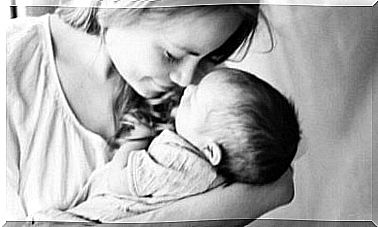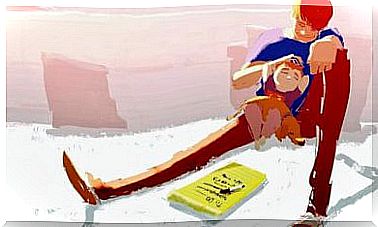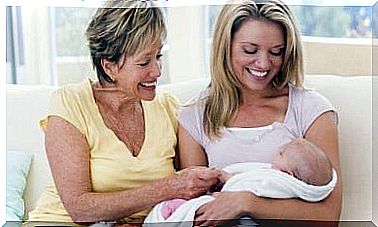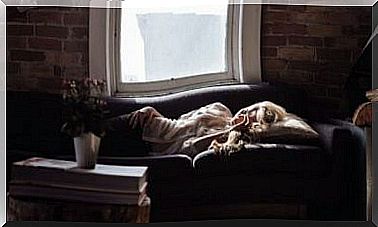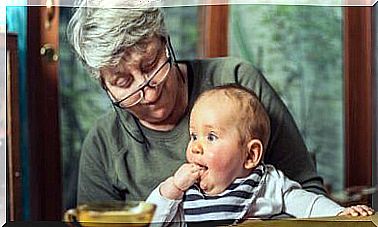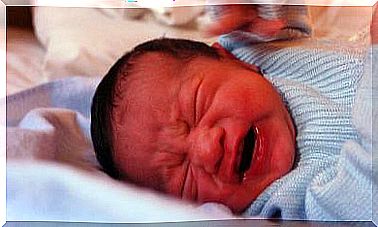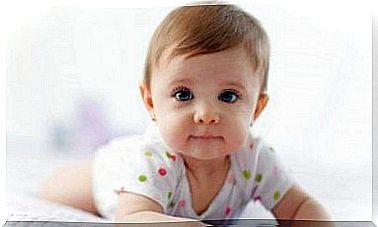How To Develop Gross Motor Skills In Children
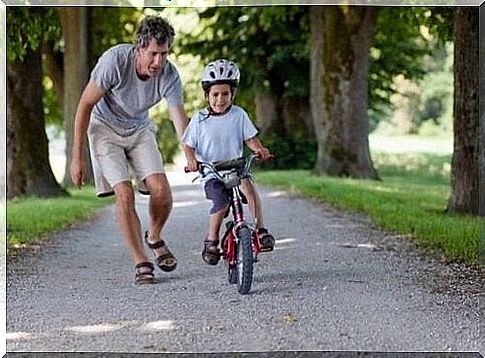
Usually, gross motor skills in children are developed through play and exercise. If this is not the case, they need incentives to do so, with the support of a specialist.
Gross motor skills in children usually develop very early on. It starts with the baby lifting its head. A key point is when the baby crawls and eventually walks.
By running, climbing stairs, crawling, jumping, running, moving arms and torso , children gain control over their entire body.
Failure to gain control over gross motor skills can lead to difficulties in other areas, such as coordination.
In other words, a baby or child with gross motor difficulties may have problems sitting, standing, and so on in the school environment in general. There they will be perceived as a clumsy child and may struggle with isolation and lower self-esteem.
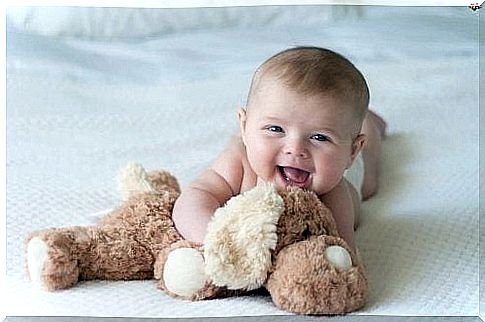
Gross Motor Skills Milestones in Children
The development of a child’s gross motor skills must be observed. It doesn’t just mean that the child is learning to walk.
The importance of these skills extends well beyond running. Gross motor skills in children are the starting point for many other activities that require physical control, according to Kate Kelly, an author who writes specifically about parenting.
By around 4 months, a baby can prop themselves on their elbows and straighten their head. Over time, it then rolls itself over onto its stomach. After 6 months, the baby begins to sit and use his abdominal muscles. It begins to crawl at the age of 7-10 months.
Babies then use the muscles in their arms and legs for support and to straighten up until they are around 12 months old and start walking.
But that is not the end of their gross motor development. After running, children learn to run, jump and balance even for a short time.
Gross motor skills in children – this is how you support them
Let children play freely. Then they will train their gross motor skills. It really is that simple.
If they are still babies and are learning how to hold their heads or turn around, all you have to do is be careful not to injure themselves. And you can stimulate them with various exercises so that they strengthen their bodies.
Once babies start crawling, they can be left on the floor for a while. Place her upside down and let her use her arms and legs and slowly stand up.
Gradually your baby will crawl and when he starts walking you need to motivate him to keep playing and having fun doing it.
There are hundreds of games out there to help children (and adults) coordinate their bodies while being fun at the same time. Here are just a few of them:
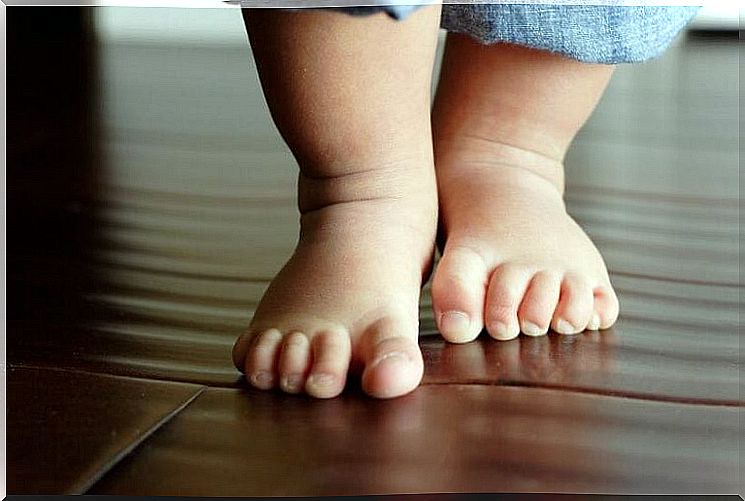
Plays hide and seek
Covering your face with your hands and playing “peep-peep” is one of the first things a child likes to do. As it grows and learns to walk, hide and seek becomes an increasingly sophisticated and fun game. It takes running in order for this skill to be trained.
Dance for a while
This is an excellent activity for both sport and leisure. You just have to motivate the kids a little. Moving to the rhythm of the music for a while is a pleasant and full-fledged activity that all people enjoy throughout their lives.
Dancing doesn’t just help coordinate arms and legs. As with any sporting activity, well-being is also promoted.
Rocks or plays hopscotch
It may seem unbelievable, but things as simple as swings or “heaven and hell” help children train their balance and coordination. Both challenges the legs and standing or hopping on one leg.
Basically, the playground is a suitable place to develop gross motor skills in children. You can jump down a slide or climb the rungs and do a lot of other things.
